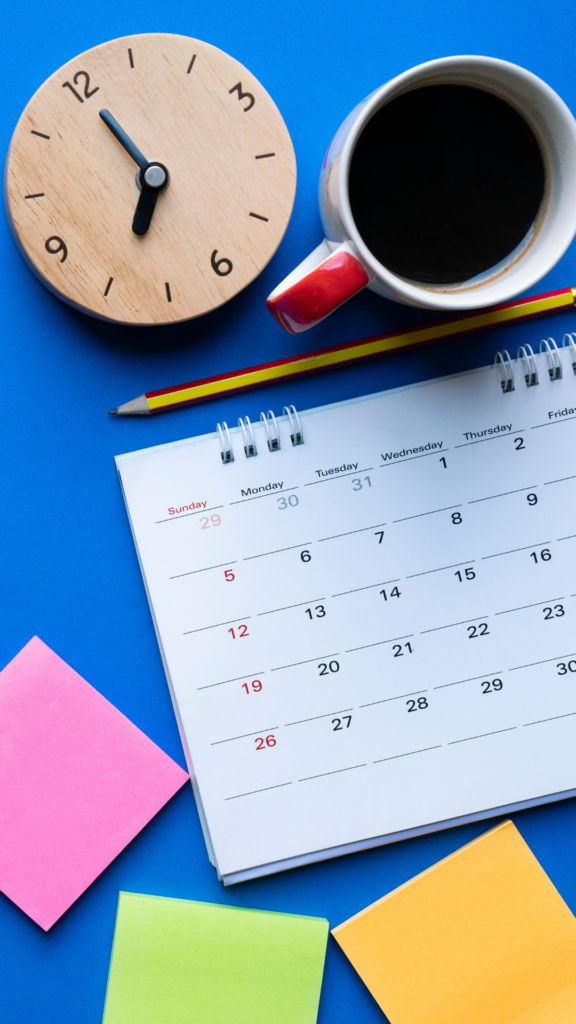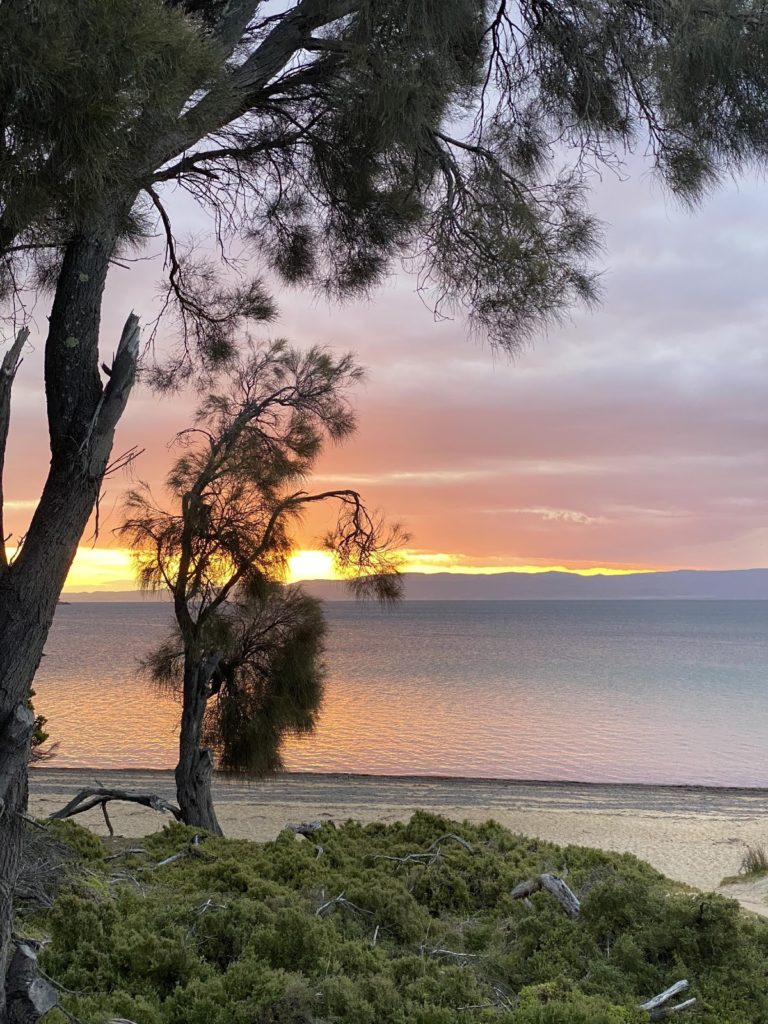Day in the life of a Rural GP in Australia
_________________________________________________________________________________________

Have you ever wondered what life was like as a GP in another country? Here, Dr Serena Alim shares a day in her life during a 6 month sabbatical as a rural GP in Australia (St Helens, Tasmania).
7.30am Wake up with this view!
I am based on the east coast of Tasmania, a place known as the Bay of Fires and a nature lovers paradise! I’d love to say I went for a surf or a run on the beach but I am definitely not a morning person and the water is 3 degrees! Still, better than my old view…
8am: Start work at the practice
Clinic starts at 8.30 and I like a little time to settle in with a coffee so I can wake up. I use this time to work through my morning admin….nothing is done via telephone here so the only outcome for my admin work is to see the doctor (routine or urgent appointment) or no action required. Whilst this seems labour intensive it was the only way (pre covid – it has changed since) as doctors were not reimbursed for non face-to-face work. As a result, practice policy is face-to-face or not at all, including prescription queries, sick notes, or general letters.
The practice only makes money on what you bill so non face-to-face work is not in their interest either. Initially this bothered me, but after a while the simplicity of it is very addictive and the patients harbour no grudge – they are just happy for the review! There is a more relaxed approach to consults and people can often turn up late, and call you by your first name;this was a bit strange to start with but you soon get used to it. You also get used to the weird and wonderful gifts from patients; the last gift I got being a freshly caught lobster!

8.30 Start clinic
I am on 30min appointments (that’s right, 30min appointments!). This is not the normal appointment length in Australia but it is what suited me. There is flexibility regarding appointment times but the standard in this practice was 15 minutes.
Essentially the only way the practice (and you) gets paid is via an itemised bill of what was done in the consult. Your daily wage is a percentage of what you bill patients that day, with the practice taking a percentage of your billings for their management fee (covering your room hire, expendables, nurse and admin help). You bill for the time you take and also itemise for any extra services you do in the consult, with the patient footing the bill themselves if private or through the government if public. In our practice the vast majority of patients are public.
You can make your wage either by trying to see as many patients as you can, or by taking your time and addressing their problems more thoroughly (as it will be a higher billing per patient). It is literally quality or quantity, and coming from the NHS I felt it would be nice to work a little differently.
The one drawback with this model of billing is the stress of learning all of the item codes and applying them – some have a level of interpretation and so this can lead to some people feeling uncomfortable – it’s not for everyone! If you learn the billing rules and how to maximise your earnings legally then there is the potential to make a lot more money than you would in the UK. Equally some GP’s are paid a daily rate so it comes with no stress of billing but probably is not as lucrative unless it is a locum job.
One patient I had this morning had been referred for a colonoscopy following a positive faecal occult blood test; it is now 9 months later and she still has not had an appointment. The NHS has its faults but the waiting times are a lot less than in Tasmania, and also there is less inequality in healthcare related to your socioeconomic status. In the Australian system, if you can afford to have private healthcare then you can get anything done at any time. Those who cannot afford it have very long waiting times for routine and even urgent reviews (over 2 years for an initial specialist consultation was not uncommon). This is more so in rural GP due to the shortage of specialists available.

1pm Lunch break!
There’s a drug rep here which means food and pens! Due to the culture of the healthcare system you can prescribe whatever you want. The government have medications which they have on PBS (the public funded system – these medications come for free/limited cost) but there is no guidance as to which one to choose. We get a lot of drug reps coming through to advertise their products and as there is no prescribing budget you have free reign to do what you want and this was very much influenced by the reps. Some of the medication was cutting edge and it was great to be able to access it without fear of CCG pharmacy persecution. But equally if a particular drug rep got bedded in then there was nothing to stop them being the practice vogue despite being out of date or clearly an inferior medication.
2pm Afternoon clinic
I’ve got a few childhood immunisations booked in. A doctor has to check each patient and then send them through to the nurse for the actual jab. I did have to relearn all the imms guidance I had done to pass the AKT.
The nurses here work in an assistant capacity to the doctor. The doctor has to advise them what vaccine to give, what dressing to apply and when to get a review. Whilst initially this led to a few embarrassing discussions when the nurse asks you, “what do you think doctor?” “Yeah that one. Definitely that one…”, it has led to me actually relearn skills that really I should never have lost and the sterile NHS GP training robbed me of.

4pm last patient
And it’s a big money spinner – care plan and health assessment! The nurses do most of the work. They sit with the patient for about an hour and fill in a template which covers all activities of daily living, a full system review, and any specialist they are under and plans from secondary care. You then review everything, perform the necessary physical examination and make a management plan, but it means you can bill up to 700/800 dollars (about 300 pounds).
It is a really effective way of picking up any concerns from patients and also trying to coordinate primary and secondary care management. Whilst initially I thought it was a swizz, I have come to see the value of actually spending an hour tying together all of the patients issues. I’ve lost count of the time we found an undiagnosed atrial fibrillation, or uncovered mental health issues in a patient that would not routinely present. This is not even counting all the one-to-one education you do and empowering of patients to self manage better. I now wish the UK would implement a similar policy of financially compensating practices for these longer general reviews, as it was so beneficial to the patients but it wouldn’t happen unless the practices were funded.

4:30pm Home time!
There is no mountain of admin to go through which is so refreshing; everything is done within the consultation as you cannot charge for your time when the patient has left the room. I fill these 30 minute appointments easily and I have been known to run behind, but often finish the day having felt I did so much more actual medicine than I sometimes did at home seeing twice the patients.
5pm Head to the beach
Work to beach was 5 minutes! Blue skies, white sand….what more could you want! Now where’s that lobster for the barbie….?
For more about sabbaticals or becoming a rural GP in Australia, check out Dr Serena Alim’s other article on sabbaticals for doctors.
Serena Alim
Latest posts by Serena Alim (see all)
- Day in the life of a Rural GP in Australia - 12th June 2020
- Sabbaticals for doctors…a way to prevent burnout! - 22nd May 2020